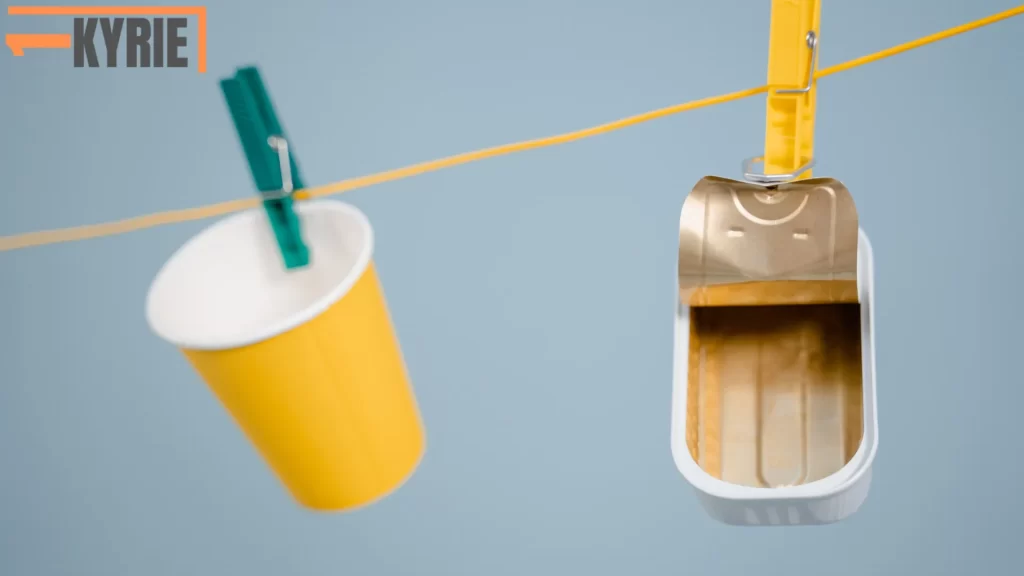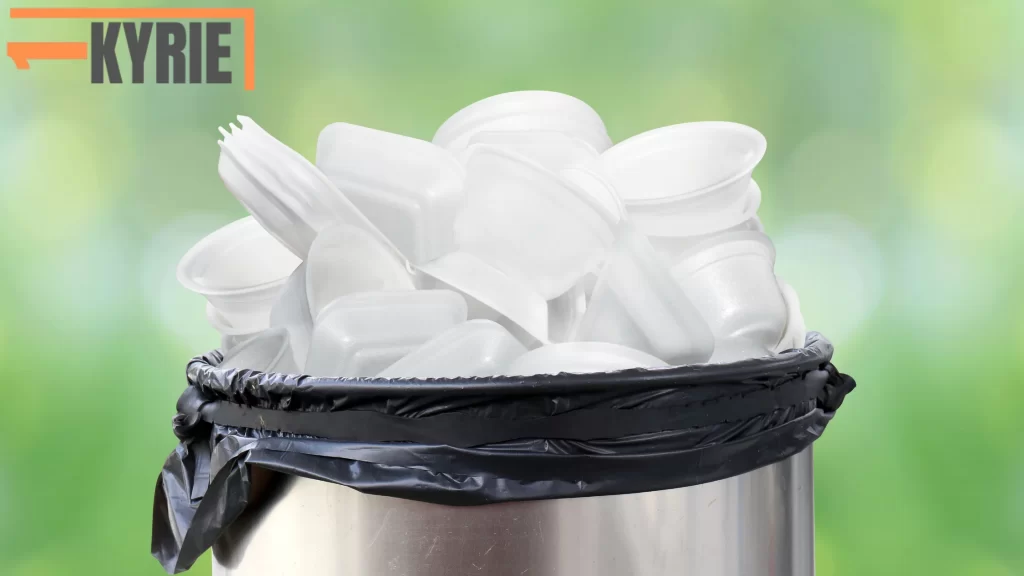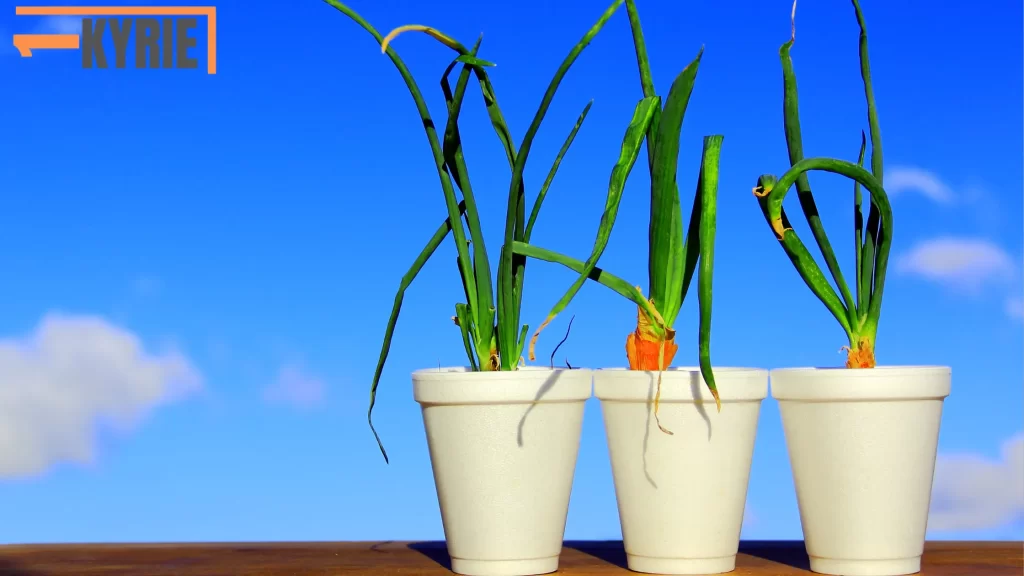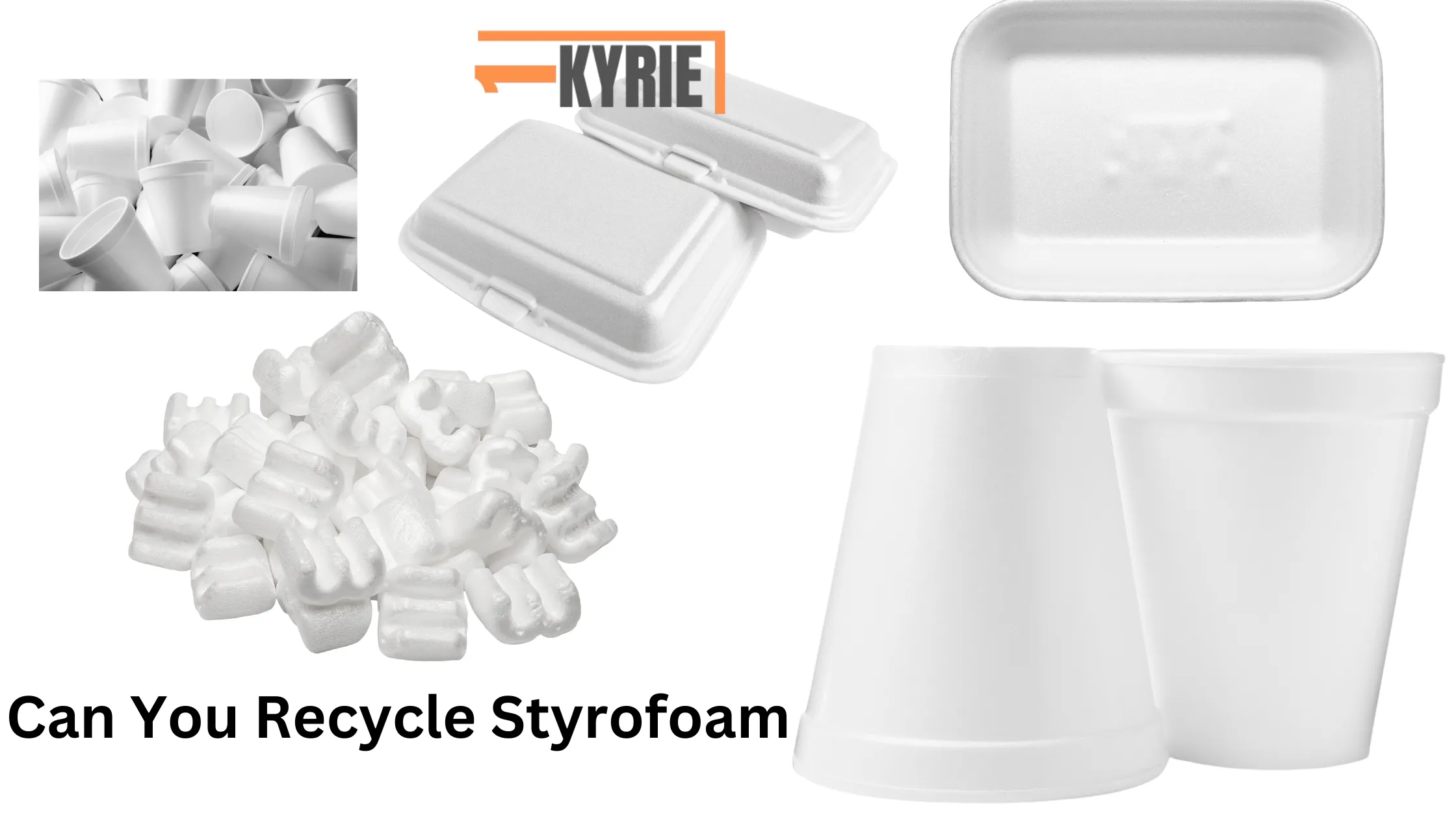Table of Contents
Styrofoam is everywhere. From coffee cups to takeout containers, it’s a common material we use daily. But what happens when it’s time to throw it away? Can you recycle Styrofoam? Contrary to popular belief, the solution is more nuanced. In this article, we’ll dive into the truth about recycling Styrofoam and what you can do to help the planet.
What Is Styrofoam?

Styrofoam, or expanded polystyrene (EPS), is a lightweight material used for packaging and insulation. It’s cheap, versatile, and excellent at keeping things warm or safe from damage. But when it comes to recycling, Styrofoam poses a big challenge. Despite its widespread use, the recycling process for Styrofoam isn’t as straightforward as with other materials like paper or plastic, even though it often carries the recycling symbol.
Can You Recycle Styrofoam? The Simple Answer

Why Is Styrofoam Difficult to Recycle?
So, can you recycle Styrofoam? In most places, the simple answer is no. Styrofoam is not easily recyclable because it’s made up of 95% air, making it bulky but with very little material. Many curbside recycling programs don’t accept Styrofoam due to its lightweight nature and the costs involved in processing it.
Special Facilities for Recycling Styrofoam
However, in some locations, special recycling facilities can recycle Styrofoam. These facilities break down the material into small pieces, turning it into new products like picture frames or insulation. But these programs are rare, and you might have to go out of your way to find one. It’s essential to check whether your local recycling bins can accommodate Styrofoam.
Why Is Styrofoam So Hard to Recycle?
Styrofoam’s Composition: A Recycling Nightmare
The main reason Styrofoam is hard to recycle is its composition. As mentioned earlier, Styrofoam is mostly air, which makes it tricky for curbside recycling programs to process. Because of its bulkiness, transporting Styrofoam to recycling facilities costs a lot.
Contamination Issues
Additionally, food or drinks often contaminate Styrofoam, making recycling even harder. Most recycling bins don’t have the equipment to clean Styrofoam, so it usually ends up in landfills, where decomposing takes hundreds of years. In many areas, it’s treated as one of those non-recyclable items.
The Environmental Impact of Styrofoam
Long-Term Damage to Ecosystems
When we throw away Styrofoam, it doesn’t just disappear. It sticks around for a long time—hundreds or even thousands of years. Over time, Styrofoam breaks down into tiny pieces called microplastics, which can end up in our water, soil, and even food.
Risks to Wildlife
Animals can also mistake Styrofoam for food, which can cause serious health problems. Because of these risks, reducing our use of Styrofoam is just as important as finding ways to recycle it.
Also Read: Can You Recycle Styrofoam? The Surprising Truth Revealed!
Are There Alternatives to Recycling Styrofoam?

Reuse Styrofoam to Reduce Waste
If you can’t recycle Styrofoam, what can you do? Luckily, some alternatives can help reduce your Styrofoam waste.
- Reuse: One of the simplest solutions is to reuse Styrofoam. You can use Styrofoam containers for storage, craft projects, or even as plant pots. It’s not perfect, but it helps reduce the amount of Styrofoam you throw away.
Avoid Styrofoam Whenever Possible
Whenever possible, opt for recyclables or easily recyclable materials instead of Styrofoam. For example, choose a reusable coffee cup or a takeout container made from paper or biodegradable materials.
Look for Specialized Recycling Drop-Offs
While many local curbside recycling programs don’t accept Styrofoam, some special facilities do. A quick online search can help you find places that collect Styrofoam for recycling.
Also Read: Willie Falcon Net Worth: How He Amassed a Staggering Fortune
What You Can Do to Help
Reduce Your Styrofoam Usage
The best way to deal with Styrofoam waste is to avoid using it in the first place. When shopping or ordering food, look for businesses that use eco-friendly packaging. Encourage better recycling habits by choosing alternatives to Styrofoam whenever you can.
Support Legislation for a Greener Future
Many cities and countries are banning Styrofoam products due to their environmental harm. By supporting these efforts, you can help reduce the amount of Styrofoam in landfills.
Educate Your Community
Let your friends and family know about the environmental impact of Styrofoam. Share tips on reducing Styrofoam use and encourage others to make eco-friendly choices.
Also Read: How Much Does an Exterminator Cost? Shocking Prices Revealed!
The Future of Styrofoam Recycling
Innovations in Recycling Technology
While recycling Styrofoam is tough now, there’s hope for the future. Researchers are developing new technologies that could make Styrofoam recycling more efficient and cost-effective. Some companies are working on creating biodegradable alternatives that perform just as well as Styrofoam without the negative environmental impact.
Breakthroughs in Chemical Recycling
One promising technology involves breaking down Styrofoam into its chemical components, which can be used to create new products. While these methods aren’t widely available, they show that change is possible.
FAQs
Q: Can you recycle Styrofoam?
A: No, in most places, because it’s hard to process. However, special facilities in some locations can recycle it.
Q: Why can’t Styrofoam be recycled easily?
A: Styrofoam is 95% air, making it bulky and expensive. It also often contains food and drink residues, making it hard to clean and recycle.
Q: What can I do with Styrofoam instead of recycling it?
A: You can reuse Styrofoam or choose eco-friendly alternatives. Some places may accept it for recycling, but it’s rare.
Q: Is Styrofoam harmful to the environment?
A: Styrofoam takes hundreds of years to break down and can harm animals and ecosystems by creating microplastics.
Q: Are there eco-friendly alternatives to Styrofoam?
A: Biodegradable and reusable packaging options are much better for the environment.

